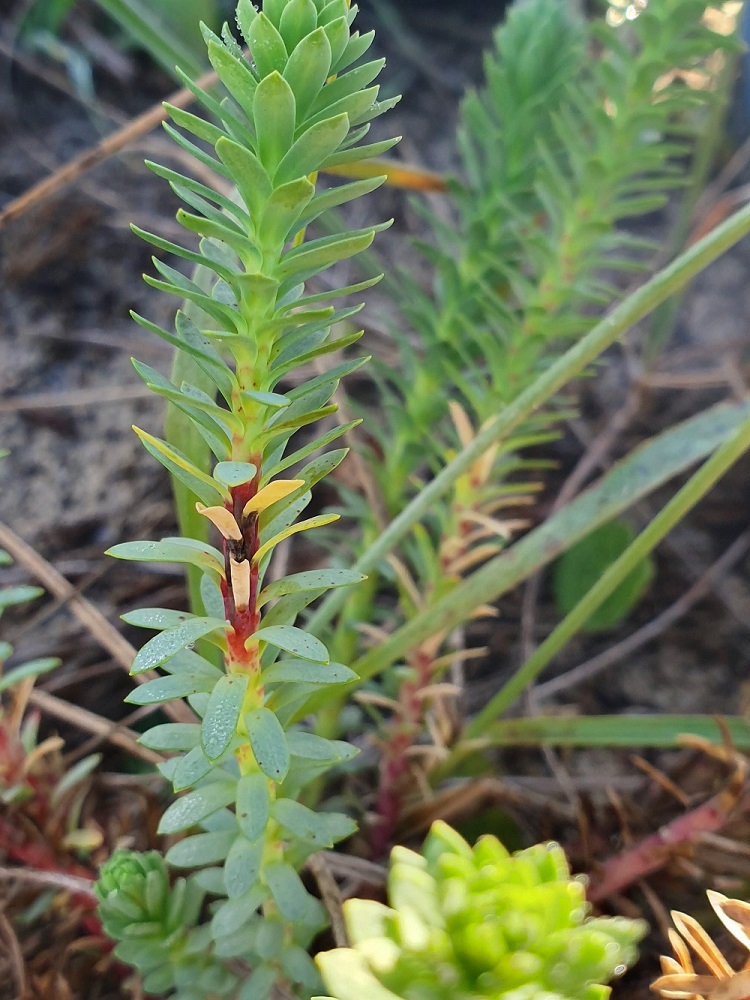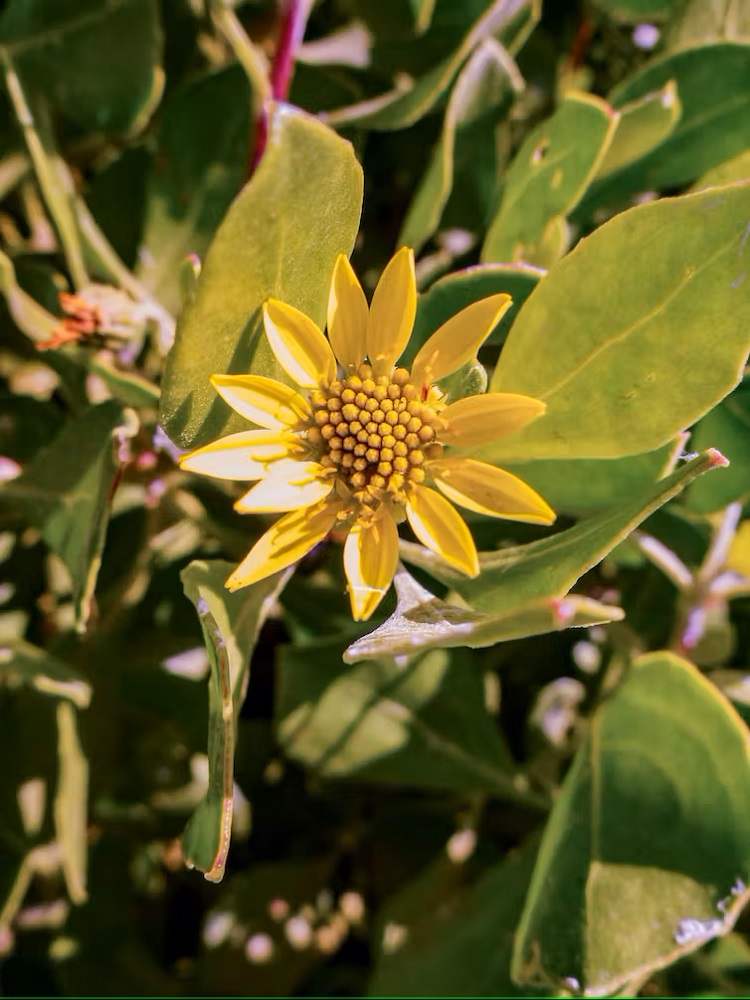Key points
- Australia is a biodiversity beacon, with many of our species found nowhere else.
- More than 80 percent of our land-based threatened species are at risk from introduced weeds, insects and birds.
- Science shows where these alien invaders came from and how we might tackle them.
Since the break-up of Gondwana, Australia’s biodiversity has evolved mostly in isolation from the rest of the world. Many of our species are unique to Australia.
But our biodiversity is at risk from alien invasive species. At least 100 unique native species have become extinct since European settlement, with more than three quarters due wholly or partly to invasive species. More than 1250 of our land-based threatened species are at risk from introduced aliens, including weeds, insects and birds.
Let’s take a look at some of the alien invasive species in Australia and how our science is addressing these invaders.
Sea spurge
Sea spurge, Euphorbia paralias, is a major plant invader of our beautiful beaches across Australia’s southern coastline. It out-competes native plants and disrupts natural patterns of sand movement. It also reduces suitable nesting sites for native shorebirds.
The seeds of sea spurge are carried by ocean currents from infested beaches to new beaches, where they can quickly grow and dominate.
We're tackling this alien invader with a biocontrol fungus, Venturia paralias. We’ve thoroughly tested this natural enemy of sea spurge, a native of France, to make sure it’s highly specific to sea spurge.
The fungus infects the leaves of sea spurge and spreads to the stems, forming lesions that eventually affect the plants vigour and reproduction. Community led field releases of V. paralias in Tasmania and Victoria are underway.

Bitou bush
This alien invader has been widespread along our east coast for years, but it only turned up in Western Australia in 2012. It’s one of Australia’s worst coastal weeds, smothering native vegetation and reducing biodiversity in coastal ecosystems.
We embraced our inner Sherlock Holmes in a recent botanical detective story to discover where this alien invader came from.
Archival research and genetics revealed this alien species likely arrived here via dry ballast in ships travelling from the city of East London in South Africa to a suburb of Newcastle, New South Wales.
Knowing where this species came from opens the door for new research on more effective biological control agents. It shows us exactly where to look for its natural enemies, such as host specific insects or fungi.
The work also helps us understand any ongoing biosecurity risk relating to new introductions. Thanks to steel hulled ships, dry ballast is now a thing of the past, but we must remain vigilant to new weed incursions.

European rabbits
These furry aliens infest two-thirds of Australia and are a serious threat to our native species.
Australia's rabbit biocontrol programs using Myxoma virus, since 1950, and Rabbit Calicivirus, since 1995, have drastically reduced pest rabbit numbers at a landscape scale. Keeping their numbers low over long periods of time is essential for Australia's biodiversity and rural industries.
However, there is no status quo in rabbit biocontrol. Calicivirus and rabbits constantly co-evolve. Changes in virus virulence and inbuilt rabbit resistance leads to rabbit numbers increasing.
We are continuing research to find new strategies to help maintain the benefits of biocontrol in the future. Current research aims to help Rabbit Calicivirus stay ahead in the co-evolutionary arms race with its rabbit host. This would protect the gains made by past biocontrol initiatives and keep rabbit numbers below the damage threshold.
